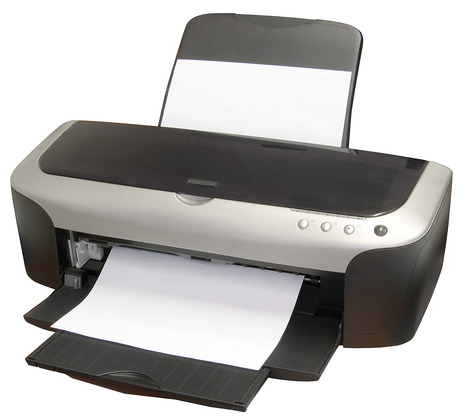Four ways to cut office printing costs

Despite many years of discussions of the ‘paperless office’, general office printing can be quite costly for businesses small and large. And while some organisations have implemented basic measures to reduce printing costs, there’s potential to cut these costs even further.
In a new report titled ‘Cost-Cutting Initiatives for Office Printing’, analyst firm Gartner says that most of its clients have already taken the basic steps of disabling banner pages and setting their printers’ default settings to print double-sided and in black and white.
The firm also provides several tips for further cost-cutting. In brief, these tips are:
1. Consider active print management initiatives
Gartner says, “Organisations that actively manage their printer, copier, MFP [multifunction product] and fax fleets can save between 10% and 30% in print costs.”
These initiatives involve changes in three areas:
- Optimising the size of your printing device fleet by determining your current needs, what they’ll be in a few years’ time, and figuring out how to meet these needs.
- Consolidating purchases and negotiating competitive prices.
- Creating a process - one that includes tracking and monitoring - to keep this ‘optimal state’ in place.
Although it may seem simple as described here, Gartner says such a strategy can take months or years to complete, depending on the size of your organisation. And while this may seem like a large investment, it can cut print costs by 10-30%.
2. Use pull printing to reduce page volumes
Under pull printing, documents are only printed once a user physically ‘logs on’ at a printer, using a swipe card, PIN code, biometrics or similar. Some (but not all) systems using this feature also allow the user to delete their queued jobs from a printer.
According to Gartner, organisations using this feature typically find that 10% or more of pages sent to be printed are either deleted by users at the printer or “deleted by default when they are forgotten and eventually purged from the holding queue”.
That said, the firm adds, “Some vendors and customers report as much as a 40% decrease in pages printed, but buyers should be cautious about such dramatic claims.
“With many documents sent to the printer and uncollected or sent more than once by mistake, enterprises could reduce office print volume by 10% or more by implementing a pull-printing solution,” the firm says.
3. Enable toner-saving modes on your printers or in your print settings
Such toner-saving modes will reduce the amount of ink used to print a page by a certain percentage, thereby reducing the frequency that the toner must be replaced, and saving a few dollars in the process. The trade-off is that too high a reduction can reduce legibility, or make printed documents look shabby - not really desirable when presenting said documents to clients.
But according to Gartner, reducing the ink used by 10-30% can help cut print costs, without degrading readability too much. You might find that you can tolerate an even larger reduction - you simply have to try it and decide for yourself.
That said, this strategy may end up being time-consuming if you make frequent changes, particularly if you have several different models of printer.
The exact savings you realise from this method will depend on what level of toner reduction you implement.
There are also software solutions that can help with saving toner.
4. Examine page recomposition software
Several vendors offer software that will analyse a document and rejig its layout so as to reduce the pages and toner required to print it. This can involve dividing text into multiple columns, repositioning graphics or removing elements.
These solutions could cause problems though - rejigging a document’s layout could interfere with form-processing software that you apply to a document, for example, or cause it to not conform with a particular standard. So use with caution and check if these solutions are compatible with any software you’re using before you go hog wild rearranging important documents.
Gartner reckons that adopting such page recomposition software could lead to a 15-30% reduction in paper and consumables.
Finally
And, of course, “you can also re-engineer your workflows and business processes to reduce your dependence on paper”, the firm notes.
The report also provides a breakdown of the costs of implementing these strategies, as well as the potential savings of each.
Why AI's longevity lies in utility, not novelty
The real potential of AI is in underpinning the invisible systems powering everyday business.
The importance of effective security when deploying AI tools
More than four in five developers use AI coding tools daily or weekly, and 59% run at least three...
Five IT trends that will define 2026: building a smarter, more resilient digital enterprise
The coming year will bring an intelligent, automated and highly distributed IT ecosystem grounded...







